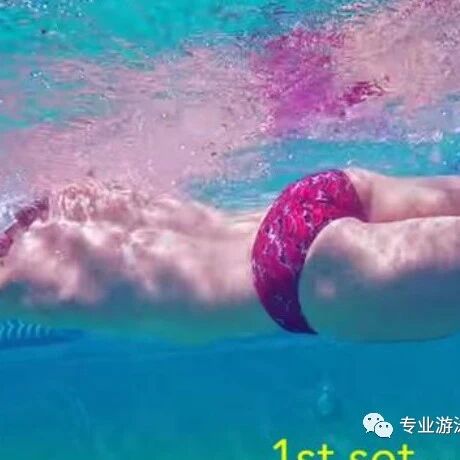Nice move—Three-Stage Yangtze Wave! If you can master this technique, your swimming speed will really take off!
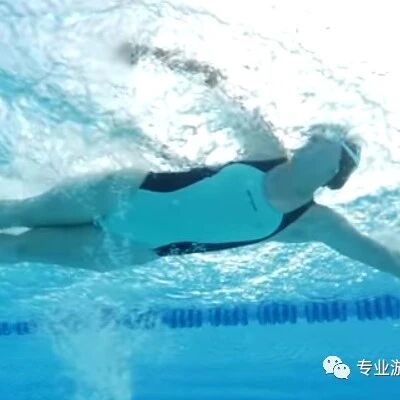
For swimmers who started with the full-body immersion technique, once they’ve mastered an elegant and efficient stroke, the next challenge—how to increase swimming speed—presents itself to freestyle enthusiasts. From a theoretical perspective, boosting swimming speed requires addressing two key areas: first, enhancing the propulsive force generated during each stroke; and second, minimizing the drag that slows you down. Improving propulsion involves refining your arm strokes and kick techniques, while reducing drag means maintaining a streamlined body position and minimizing the surface area exposed to the water.
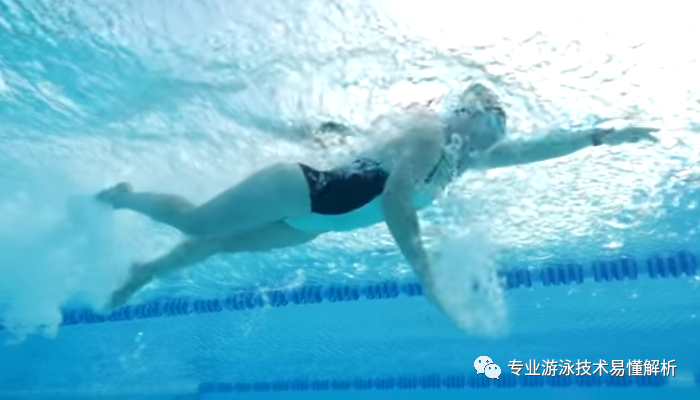
This way of thinking isn’t wrong—it simply breaks down a big issue into two smaller ones, and then further subdivides those into even smaller pieces. Yet sometimes, solving the problem requires a different approach altogether: holistic thinking. By applying a holistic mindset, accelerating freestyle swimming hinges on maintaining seamless momentum. In fact, the key to boosting speed lies in consistently delivering stable, sustained power—nothing less.
Experienced drivers prioritize stability above all else—stability in two key areas: first, steady steering; and second, consistent speed. Similarly, seasoned swimmers exhibit the same level of control, maintaining both a stable swimming direction and a smooth, even pace. They rarely make sudden, jerky movements, let alone alternate between rapid bursts and sluggish laps.
1. Effective and Ineffective Time of Propulsion in Freestyle Swimming
From the perspective of power generation, during the freestyle stroke, pulling the water provides propulsion, while pushing the water generates even more power. Leg kicks also contribute significantly to forward motion. Interestingly, when the body rolls to one side, it creates momentum—but this momentum must be transferred to the arms to become noticeable. Seen in this light, the freestyle stroke enters phases where power is temporarily lost: during arm recovery, entry into the water, and the initial catch phase.
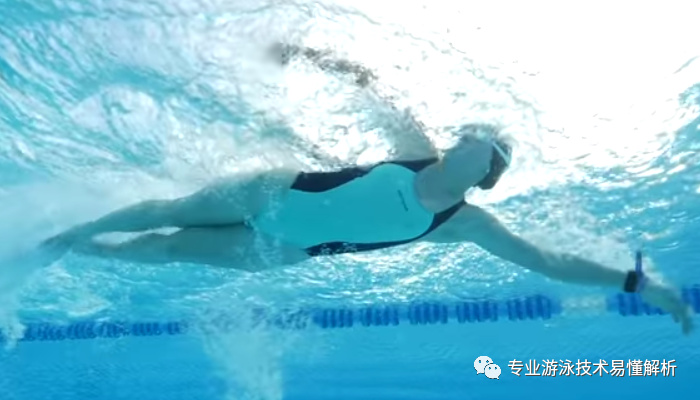
2. Maximizing the effective duration of power
3. Techniques for pushing water and kicking
Because holding the water doesn’t generate propulsion, it’s referred to as "pushing the water." If your kicking technique isn’t strong enough, the propulsion generated will essentially be negligible—its primary function then becomes maintaining balance. Only when you’ve mastered the whip kick technique will the leg’s pushing power over the water truly come into play.
However, as I previously shared in an article, embracing the water is essential before pushing it forward. Therefore, before initiating the push, you should keep your upper arm as still as possible, allowing your palm and forearm to first perform the embracing motion in sequence. Only after that should you stabilize the elbow formed by your upper and lower arms, driving the water backward with a smooth, controlled motion.
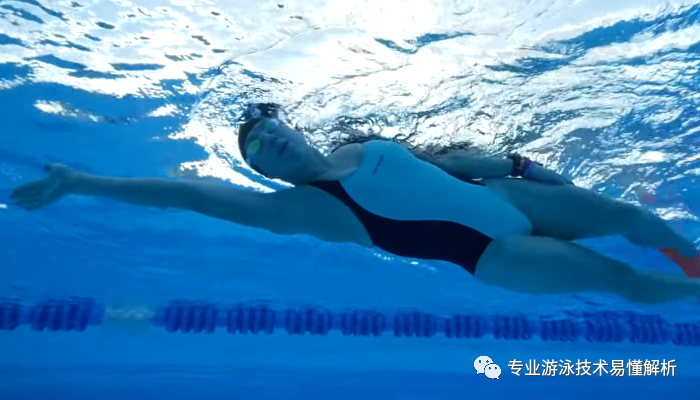
4. Why should you kick hard when entering the water?
When performing the front crossover, as one arm enters the water, the other arm is in the catch phase—meaning both arms simultaneously experience a brief period of reduced propulsion. During this short window of inefficiency, kicking becomes essential to maintain momentum. This is precisely why a powerful kick is executed right as the arm enters the water.
As for how effectively this kick compensates for the lost propulsion, it depends on two key factors: first, the efficiency and power of the whip-like leg action during the kick; and second, the strength and coordination of the core muscles in transmitting that force through the body. Whether it’s a double kick, quadruple kick, or even a sextuple kick, the timing for delivering the most impactful leg drive always coincides with the moment the arm enters the water.
5. The Techniques of the Three-Tiered Waves of the Yangtze River
In Mr. Jin Yong’s martial arts novels, there’s a technique called the "Threefold Yangtze Waves." Simply put, this move begins with a forward palm strike. Just as the energy in the front palm reaches its peak of power and ferocity, the back palm is then unleashed—while the front palm momentarily rests to recover. Once the back palm attack is complete, the front palm, now fully rejuvenated, follows through with another decisive strike. Both top-tier masters, Qiao Feng and Guo Jing, are devoted fans of this remarkable technique.
This is incredibly insightful for improving swimming technique. After one arm completes the push phase, the other arm remains fully extended during the recovery phase—so during this recovery, leg kicks become crucial, directly influencing whether propulsion can be sustained and how effectively it’s executed.
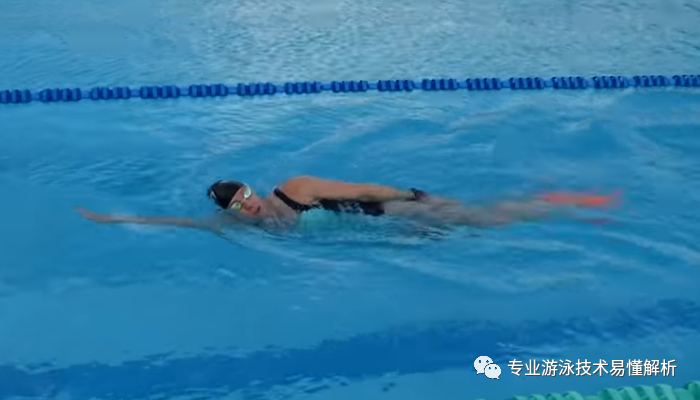
6. Choosing the kick pattern
From the analysis above, it’s clear that a six-beat kick is undoubtedly the best choice for speed—but it comes at the cost of significant physical exertion. In contrast, the two-beat kick allows for a slightly longer rest period in between strokes, relying more on momentum and enabling extended gliding phases. Therefore, for swimmers who aim to balance endurance with speed over longer distances, mastering the four-beat kick becomes an essential technique to master.
Related Articles
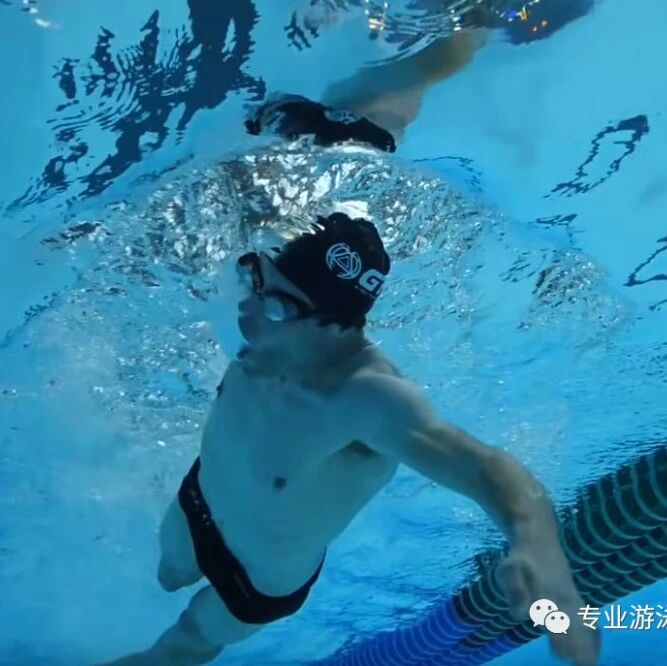
Breathing on both sides or just one side? The fundamental question determining the power and sustainability of your freestyle swimming stroke.
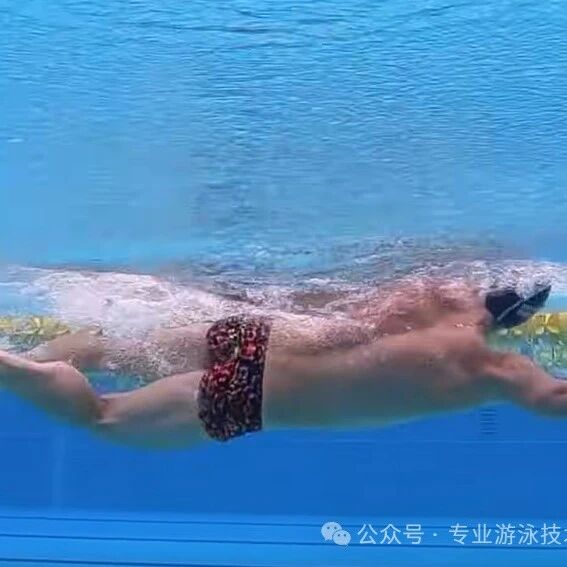
Understanding the sequence of three key movements can instantly boost your freestyle swimming skills.
